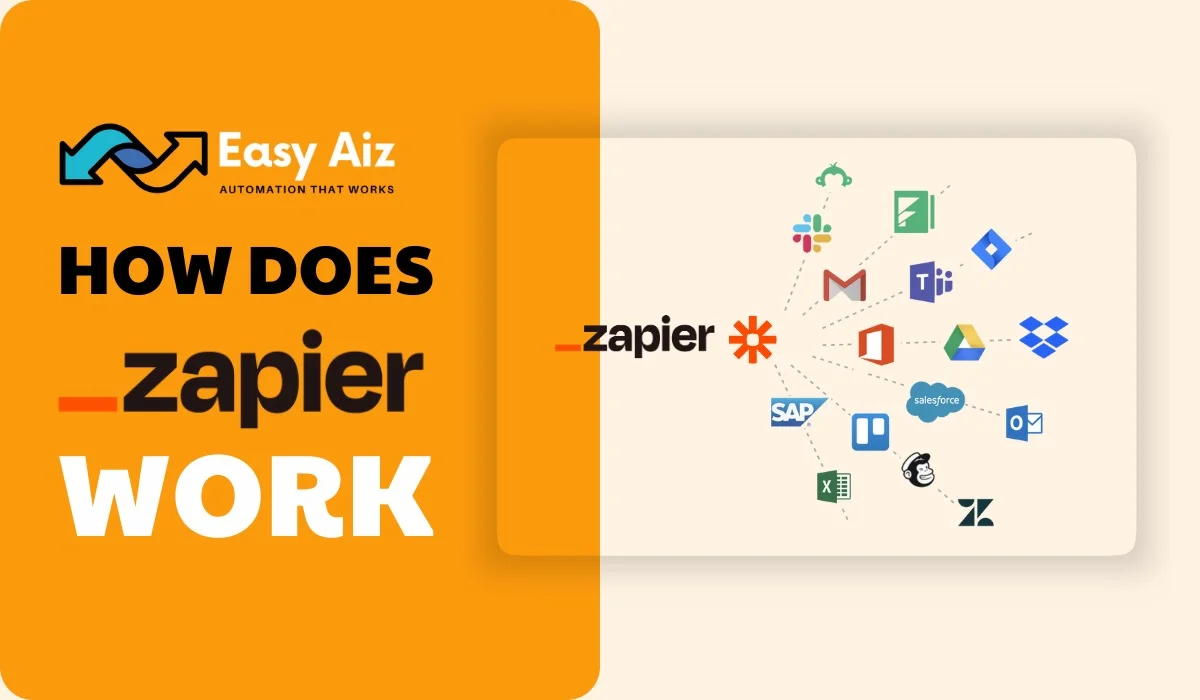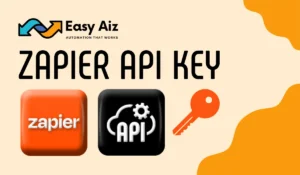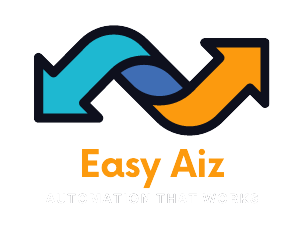Table of Contents
ToggleHow Does Zapier Work?
Key Takeaways
- Zapier can bring changes to your business; it is a powerful automation tool that connects you with multiple applications and services. Zapier can easily handle simple and complex processes of your needs.
- You can create Zaps to automate workflows; each Zap consists of triggers and actions based on some conditions, and Zapier acts as a bridge between the trigger and action app.
- Multistep Zap is the most beneficial feature of Zapier. You can easily create multiple integrations simultaneously and utilize the best of data mapping, error handling, real-time sync, and more from where these came from.
- Zapier is a powerful companion. Understanding Zapier and how it works can put you at ease because it helps you streamline tasks, saving you precious time by simplifying them.
Every individual and business is looking for the ability to save time and enhance productivity. Automation can bring changes according to individuals’ and businesses’ unique needs. Zapier is a powerful automation tool. It connects you with multiple applications and services and automates your workflow. But how does Zapier work? In this article, you will learn about Zapier, its uses, and how it works.
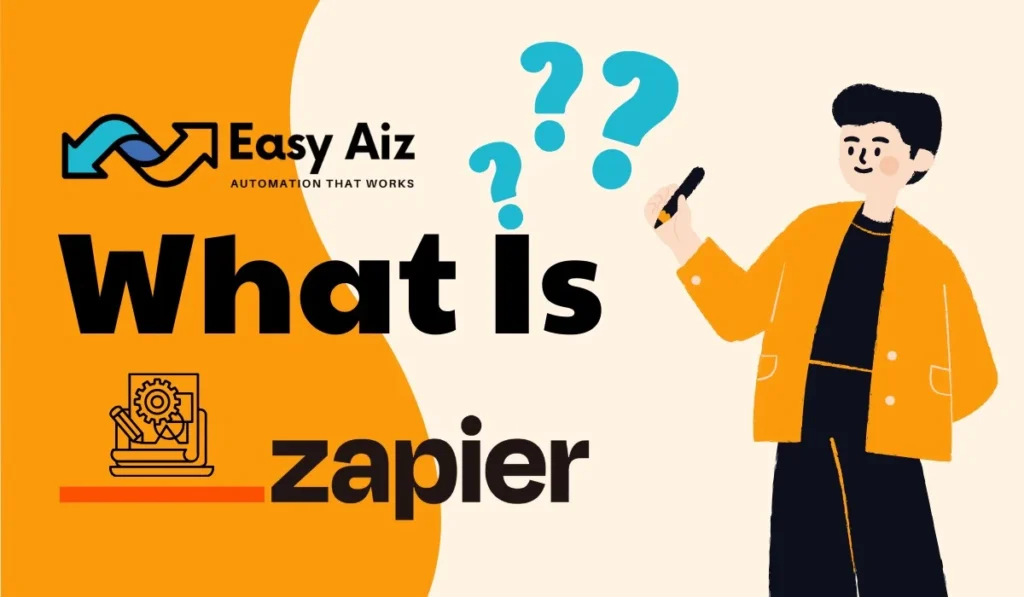
What is Zapier?
Zapier is a no-code, powerful automation tool to streamline workflow, manage data, and enhance productivity. It bridges between 7000+ applications, letting you work with your favourite applications. It is easy for everyone to build their automated workflow with a few clicks. Zapier has brought a revolution to the ways business and individuals handle their digital tasks by connecting different applications.
How Does Zapier Work?
Zapier acts as a bridge between multiple apps so you can seamlessly share data. It doesn’t matter if you are a solopreneur or a large organization. The question “How does Zapier work?” makes it difficult to use, but Zapier can easily handle simple and complex processes. You can create “Zaps” to automate your workflow. Each Zap consists of “Triggers” and “Actions.” When the trigger condition is met in the app, it triggers an action in another app. For example, you can connect Calendly’s new-invitee-created trigger in Zap to integrate non-canceled event data and client data into Google Sheets, Pipe Drive, or anything you want.
Zapier acts as a mediator between the trigger app and the action app. You can also map data to ensure the data is transferred accurately between apps. Monitor the Zap and make adjustments as you need. You can use multi-step Zap to create multiple integrations at a time. This process enables you to interact with different applications and perform various actions based on various triggers. Zapier allows data mapping, real-time sync, and error handling to create and ensure integration.
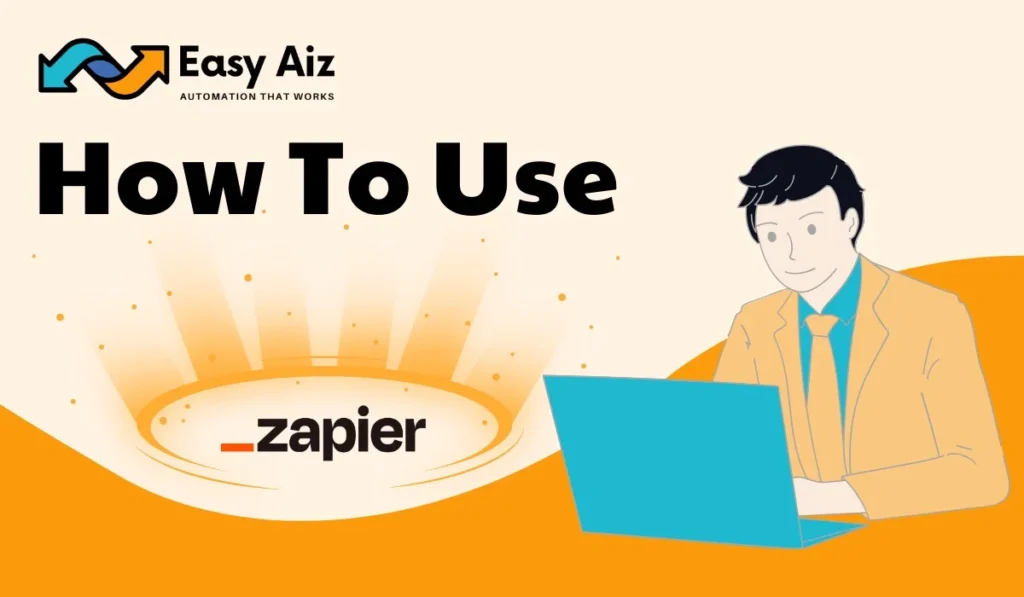
How to use Zapier?
Now that we have a basic understanding of how Zapier works, it is time to learn how to use it. Using Zapier is a straightforward process. Follow the steps on how to get started with Zapier:
10 Easy Steps on How to Set up Zap?
- Visit the Zapier website. If you don’t have an account, sign up for a Zapier account.
- Start creating your first Zap by clicking the “Make a Zap” button.
- Select an app to start the workflow, then choose a trigger event with that app.
- Connect your account to the trigger app, which will let Zapier access app data. Set up conditions to configure the trigger event.
- Please select a different application where you would like to initiate a specific action.
- Connect your account with the action app like you did with the trigger to get authorized with Zapier. Define the action you want when the trigger event occurs.
- Follow Zapier to test if your triggers and actions are working correctly.
- After the test, review the test to ensure the results are excellent.
- Turn on the Zap, and your automation will start running.
- Monitor your Zaps and view every recent activity.
As you become more familiar with your Zaps, explore its more advanced features, such as filters, paths, and adding multiple actions to a single Zap.
How Does Zapier Work: Pros and Cons
Pros & Cons
Pros
- Zapier is user-friendly and doesn’t require extensive coding knowledge.
- Zapier supports many apps and services, allowing users to connect and automate processes between different platforms easily.
- Zapier automates repetitive tasks, saving time and reducing the likelihood of human error. It streamlines workflows and increases overall efficiency.
- Zapier provides flexibility in designing automation workflows. Users can customize Zaps to suit their needs, enabling a high degree of personalization.
- Users can create multi-step Zaps, where a single trigger can initiate multiple actions across multiple apps. This capability enhances the complexity and depth of automated processes.
Cons
- While Zapier has a free plan, more advanced features, and higher usage may incur costs. For businesses with extensive automation needs, pricing can become a consideration.
- Latency in Zaps may cause delays, which can be a downside for time-sensitive workflows, especially in the free plan.
- The error-handling capacity of Zapier is limited. Users can face challenges when attempting to customize error responses or debug intricate workflows.
Easy Aiz - Automation That Works
There is no need to worry about this little problem. Zapier is easy and flexible to use, but EasyAiz can help automate your processes easily by using Zapier.
Whether Zapier has a simple and user-friendly interface but for complex workflows, Zapier requires advanced expertise. Which we have.
See how EasyAiz Automates your Business!
Get Quality Services for growing your business, 700+ companies have worked with us and saved thousands of hours and your company could be the next.
Schedule a Free Consultation planning with Certified Zapier Experts that suits your business.
Book A Free CallConclusion
In the search for productivity and efficiency, Zapier stands as a powerful ally. When you understand “how does Zapier work”, you can automate your tasks, streamline processes, and save valuable time. Whether you are a professional businessman or an individual, you can always rely on Zapier to simplify your workflow.
FAQs
Zapier offers different pricing plans, including free plans with limited features and paid plans with more advanced automation features. The cost depends on your needs, but the Zapier free plan is the best start to explore its potential.
Yes, Zapier’s priority is to provide security and privacy to your data. Zapier provides industry-standard encryption and security protocols to ensure your data is protected.
Yes, Zapier has mobile apps for both iOS and Android, allowing you to manage your apps and stay connected.
Zapier is a platform that supports integration with over 6000 applications, including popular ones like Gmail, Slack, and Trello. It also offers the ability to integrate with custom or lesser-known applications through its Webhooks and API functionalities. This flexibility allows users to streamline their workflows regardless of their applications.
Businesses with complex automation needs can benefit from Zapier as it is designed to accommodate varying levels of automation requirements, from simple tasks to complex workflows. Zapier has features like multi-step Zaps, advanced filters, and error-handling capabilities that empower users to create intricate automation processes specific to their business needs. However, depending on the complexity and scale of automation, businesses may consider opting for Zapier’s paid plans to access advanced features and higher usage limits.

